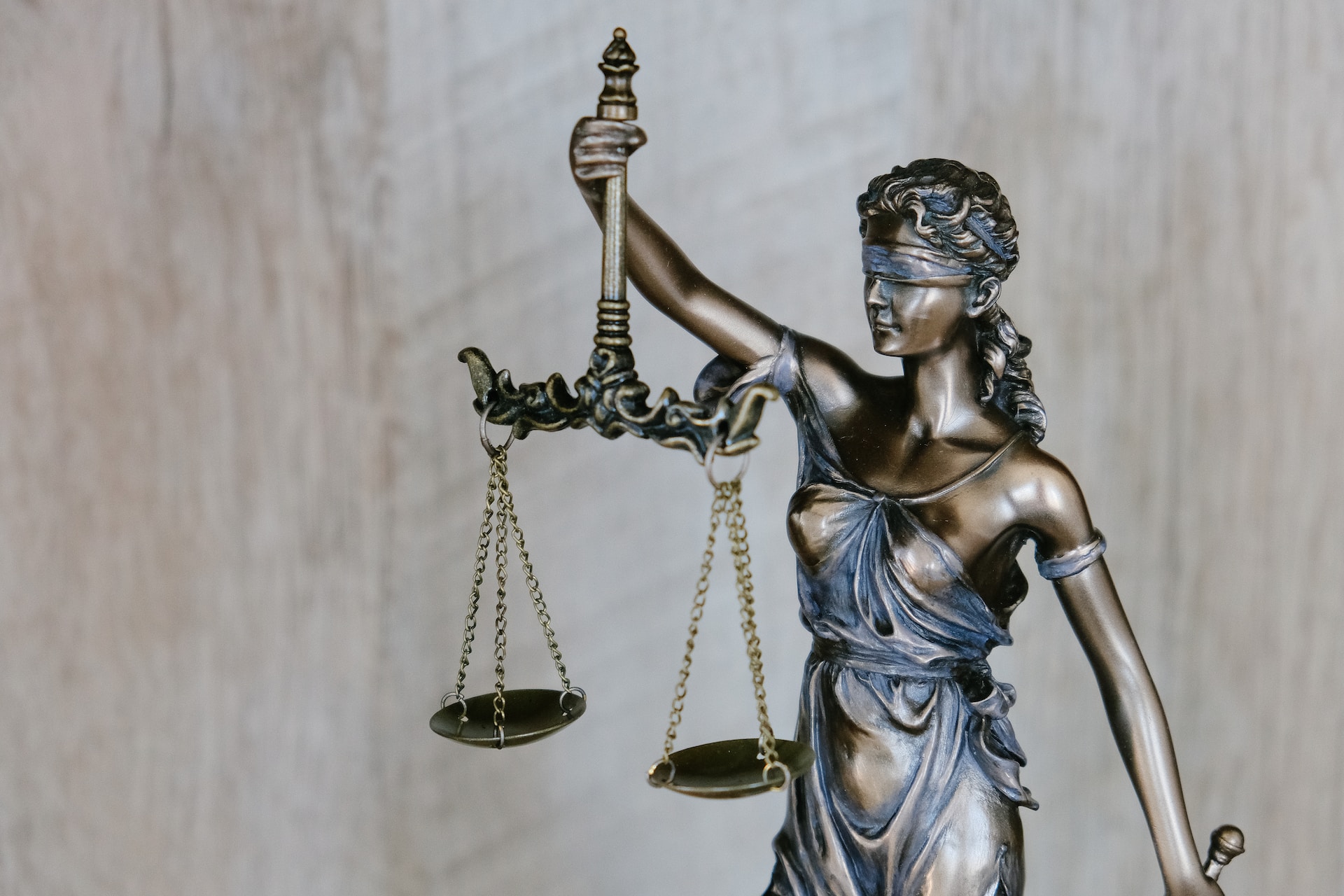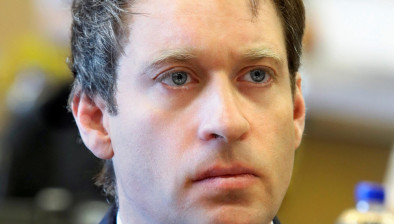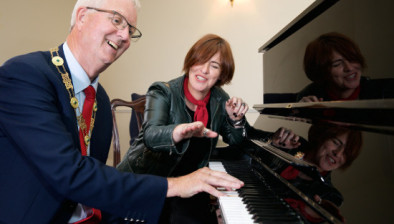Study: Wrongly-enforced rules over ‘digital surrogates’ by museums censors research

Cultural institutions are censoring research, learning and creativity because of the way they police the reuse of digital copies of out-of-copyright artworks and artefacts, a new study has warned.
Cultural institutions have created a “mess” by claiming and enforcing new rights over the reproduction images of works in their collections.
This allows museums and other organisations to refuse requests for the use of the images in education or research or charge high fees. This impedes free and creative expression and amounts to censorship, according to Dr Andrea Wallace from the University of Exeter Law School.
Researchers, educators and others regularly ask to use images of objects in museum and art gallery collections, but it is often complicated, too expensive or difficult to get permission. The way organisations charge or refuse rights to use “digital surrogates” are outdated and conflict with public missions, the study says.
Dr Wallace said: “The current system is a mess, but this new framework can help to disentangle the use of surrogate rights from the ways that cultural institutions manage their collections. It allows lawyers, directors, and heritage practitioners to mend things themselves by distinguishing original from non-original reproduction media. This better captures the vast potential of our public domain cultural heritage in this digital age.
“Of course, cultural institutions cannot and should not uncritically digitize and publish all collections and data for free and unfettered reuse. But there is a clear need to provide access and improve legal certainty for the public who would like to use out-of-copyright collections.”
The framework aims to reduce barriers to people using collections while protecting legitimate intellectual property, curatorial and educational expertise. By encouraging cultural institutions to publish high-quality images online, visitors onsite and online will know they can get the best possible surrogate directly from the source.
Dr Wallace added: “The framework can also improve legal certainty around public reuse of surrogate images in the public domain while bolstering their compliance with legitimate reuse restrictions. Imagine how simple it would be if we could identify the artwork and assess its copyright status using the lifetime of the original artist, rather than the claim of the cultural institution asserting a surrogate copyright in the image.
“The data already tells us that most cultural institutions lose money by operating a copyright licensing service. They rarely bring in enough income to cover the costs of running them.
“Nor is a surrogate copyright necessary to generate revenue or enforce rights in the collection. Cultural institutions can still charge service fees for image creation and delivery.
“And rather than basing claims on surrogate copyright, institutions can focus infringement notices on legitimate claims, such as trademark, false advertising, or concerns with the specific use, thereby reducing operating costs and inefficiencies.”










